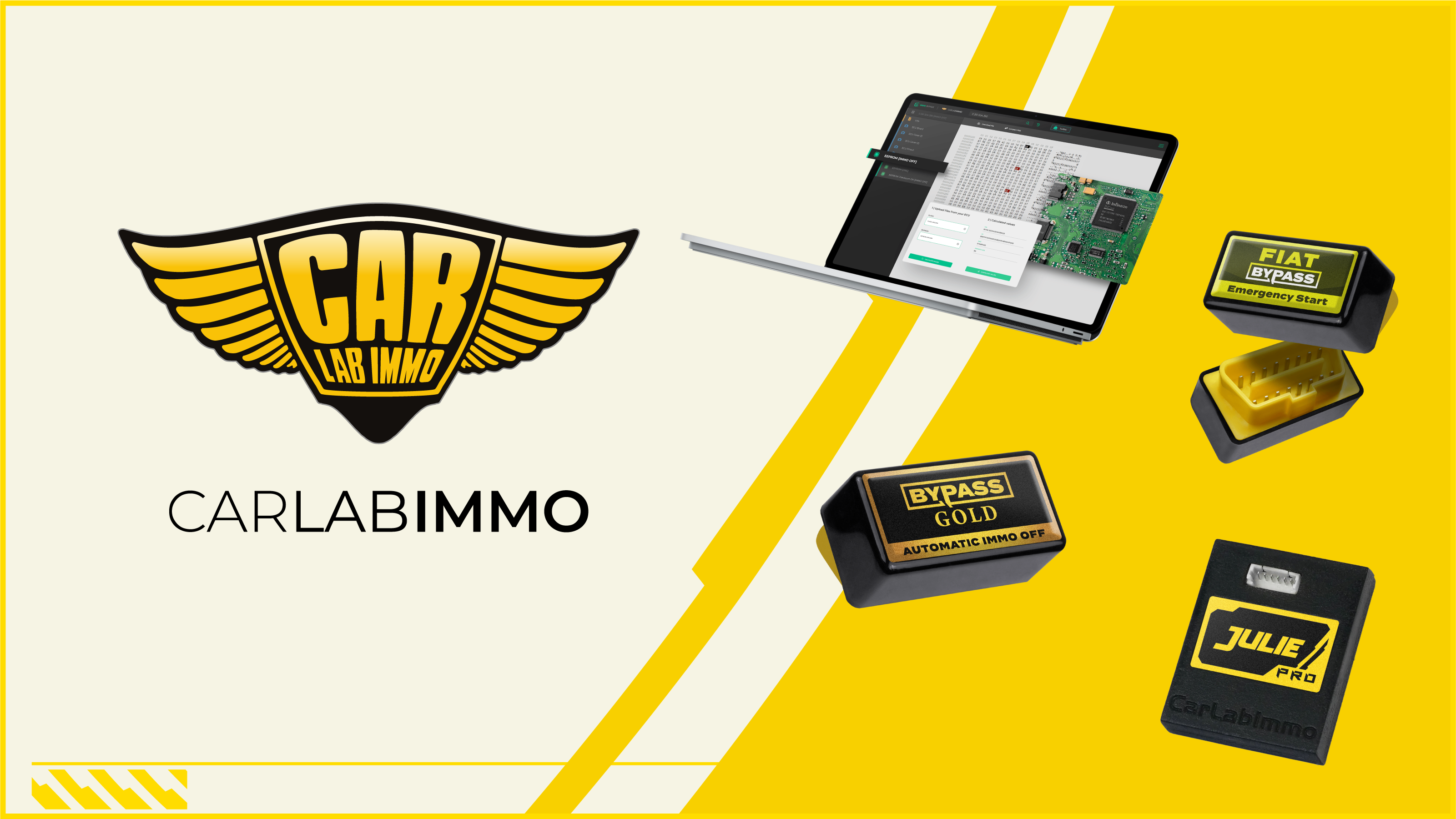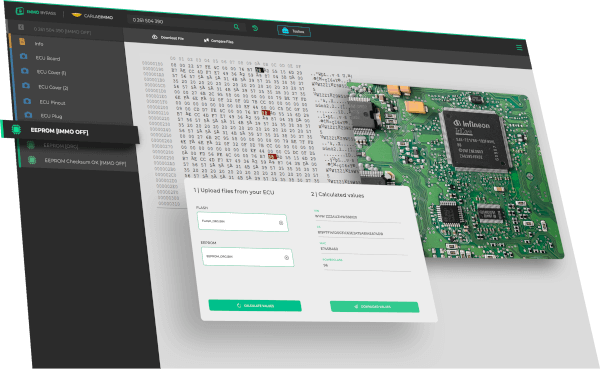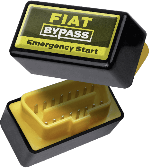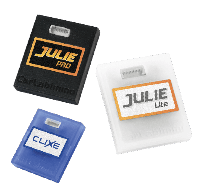What is an Engine Control Unit and How Does it Work?

Introduction to Engine Control Units
Engine Control Unit - also called an engine control module is a type of computing unit with internal, pre-programmed and programmable chips that are not much different than the ones found in a PC or a laptop. The name of the unit is usually abbreviated to ECU. To keep things simple, this article will use this term to refer to the engine control module.
Defining the Engine Control Unit (ECU)
The ECU is a device which controls all electronic functions in the car. Its aim is to control the parameters of the engine, auxiliary devices and ignition by means of digitally registered equations and numeric tables instead of analog ones.
Historical Evolution of ECUs in Automobiles
The history of a control unit installed in a car engine began in the early 80s. The first ECUs were for the most part responsible for handling ignition and injection frequency. Over time, as car electronics have made bolder steps into the automotive industry, the functionality of the units began to increase. The possibility to comprehensively control the engine work, analysing data from various sensors or a diagnostics module are some were some of the newly added functions. The control units have evolved from straightforward circuits into miniature computers equipped with processor, memory, software and analog-to-digital converters. The increased importance of the ECU has led to a true revolution in car workshops. Car mechanics has turned into car electronics, a mechanic has become an mechatronic. As a results, it is now impossible to service a modern car without communicating with its control unit. Furthermore, intelligent technology is now able to make it difficult to perform even the simplest tasks. To give an example, when you make an oil change or disconnect ignition wires in some car models, an automatic ignition lock is triggered. The lock can only be turned off using a diagnostics computer. There are also cases when the engine is perfectly fine from a technical standpoint, but the accumulation of faults and error within the ECU prevents the car from starting.
The Role of ECUs in Modern Vehicles
In modern vehicles, the ECU controls different aspects of engine performance, ensuring optimal efficiency and functionality. The ECU received input data from various sensors inside the car, such as oxygen sensor, throttle position sensor, cooling fluid temperature sensor. Based on this data, the ECU can make real-time decisions regarding regulating the engine, injectors, ignition time and other parameters aimed at sustaining engine performance and ensuring correct emission standards. Moreover, the ECU also monitors engine work and collects data about faults or errors, providing diagnostics codes which help identify and solve problems. The ECU is also responsible for exchanging data with car anti-theft safety systems, also known as immobilizer, by enabling the engine to start or preventing it.
Understanding the Basics of an ECU
The Engine Control Unit (ECU) consists of a number of elements cooperating with each other to control the work of the engine. These elements may be divided into 3 basic sections:
Components of an ECU
The main components of the ECU include: microprocessor, memory and sensors, actuators, engine calibration system and engine control strategies.
How ECUs Interact with Vehicle Systems
Microprocessor: The microprocessor is the heart of the ECU. It is responsible for handling control algorithms and calculations required to control the engine. The microprocessor receives input data from the sensors, processes this data and transmits instructions to actuating systems.
Memory: The ECU contains both read-only memory (FLASH/EEPROM),as well as random access memory (RAM). FLASH/EEPROM memory contains ECU software, including engine control strategies and calibration data. RAM is used to temporarily store data while the engine is working.
Sensors: The ECU collects data from various sensors ensuring the work of the engine. Such sensors include i.e. oxygen sensor, air mass sensor, throttle position sensor, cooling fluid temperature sensor and many more. Each sensor provides specific data, based on which the ECU makes decisions and appropriately adjusts engine parameters.
Actuators: The ECU transmits instructions to the actuators for the purpose of controlling carious engine operations. The actuators include the work of fuel injectors, ignition coil, EGR (Exhaust Gas Recirculation). The ECU can precisely adjust engine efficiency and optimise fuel consumption thanks to adjusting these actuators.
Engine calibration: The ECU software contains engine calibration data which determine the optimal settings of its operation. These calibration data include fuel information, ignition time data as well as other parameters specific to each engine model. The ECU uses these pieces of calibration data in order to adjust engine efficiency based on real-time input signal from the sensors.
Engine control strategies: The ECU contains various control strategies to efficiently manage engine operation. These strategies include control in a closed loop, where the ECU adjusts engine parameters in real time based on sensor feedback as well as control in an open loop, in which the ECU makes use of programmed data to control engine operation.
The Process of ECU Data Interpretation
The ECU collects data from various sensors and actuating systems of the engine for the purpose of monitoring and controlling the engine operation. These sensors provide real-time data about the parameters of engine operation, such us temperature, pressure, air flow and exhaust emissions. The ECU uses these pieces of data to ensure optimal engine efficiency.
Detailed Workings of an ECU
Let’s take a closer look at the process of collecting, interpreting and using the data. The ECU receives information from a network of sensors strategically located in a vehicle. These sensors measure such parameters as: engine speed, throttle position, cooling fluid temperature, oxygen level (o2 sensor) in exhaust and many others. Next, raw data from the sensors is converted by the ECU into digital signals. This conversion makes it possible to accurately interpret the information and perform precise calculations. The ECU analyses this data based on programmed algorithms and engine control strategies. These algorithms take into considerations some additional sensors such as: engine load, atmospheric conditions etc.
Mapping the ECU's Control Over Engine Performance
Mapping, also known as chip tuning, is a popular way of modifying vehicle performance. It bears serious consequences, which is why it is worth it to gather more information before deciding to proceed with this procedure. Mapping involves modifying ECU software that is responsible i.e. for electric fuel injection. By overwriting the car’s default settings it is possible to improve the performance of the power unit.
H3: Sensor Integration and Data Processing
As we mentioned, the ECU collects and analyses data from various sensors (microcontrollers) located in the car. It processes the data in real time and reacts to any deviations from the desirable parameters.
Fuel Injection and ECU Regulation
During fuel injector repair, it is vital to adjust the parameters afterwards. Without the required knowledge and skills as well as specialised diagnostics devices, incorrectly adjusted injectors may cause uneven engine operation, incorrect fuel dosage, accumulation of residue in the system and blocked DPF. A professional car service dealing with injectors, adjusting and providing injector codes is a fully automatic process, also called injector coding. For instance, coding a Common Rail injector is transmitting information relating to fuel dosage, reaction time to electric impuls as well as efficiency in the case of possible changdst to fuel pressure in exhaust system.
Advanced Features of Modern ECUs
There is an increasing number of functions in modern day ECUs. They include multilevel engine diagnostics, error code detection, detecting disruptions in engine ignition, controlling start-stop engine system, engine knocking control as well as other advanced functions which ensure efficiency, reliability, fluency and economic driving.
Customizable Settings and Performance Tuning
There is a possibility to configure ECU settings and adjust its efficiency in so called programmable ECUs. This type of ECU can be programmed in such a way that they can set new input values, depending on the owner’s needs. Such ECUs control the same engine functions as non-programmable ECUs, however upon changing the input, programmable ECUs can achieve higher efficiency levels for the following operations: ignition time, rev limit, transitory clocking, oxygen sensor in a closed loop - for the purpose of achieving perfect air to fuel stoichiometric ratio, variable cam timing, anti-lag. The majority of these performance enhancing adjustments can be found in cars equipped with turbocharger.
ECU and Emission Control Technologies
Engine sensors can measure such factors as oxygen level, temperature, pressure and air flow, allowing the ECU to make precise adjustments for the purpose of achieving optimal fuel consumption and decrease pollution. These sensors contribute to constant monitoring and adjusting engine efficiency in order to limit harmful emissions.
The Impact of ECUs on Fuel Efficiency
Fuel efficiency is basically the level of car’s fuel consumption. One of the factors that have impact on this level may include e.g. rolling resistance, but the ECU itself plays an important role as well.
ECU in Car Immobilizers: A Special Focus
The ECU is in the form of a microprocessor that manages data that is sent from the inside of the car i.e. from various sensors. Such piece of hardware is programmed with a Vehicle Identification Number (VIN) provided by the manufacturer. It is in effect directly connected with other components e.g. immobilizer. This means that each vehicles has a unique code, including immobilizer signal which allows the engine to start. One can mąkę a conclusion that the ECU plays an important role in protecting the car against theft.
The Concept of Car Immobilizers
The concept of immobilizer comes down to the exchange of signals, unique codes After inserting the car key into the ignition switch, a electromagnetic field induces the voltage inside a transponder (key) which transmits a unique code. The code is subsequently received and verified by an immobilizer module. The immobilizer then transmits its own code that is received by the transponder for the purpose of key writing. Next, the immobilizer and the ECU exchange a code signal. If the ECU recognises a correct code and the codes match, then the locks are taken down and the car can be started. What happens when the signals transmitted by the transponder and the ECU do not match, therefore not finishing the verification successfully? Depending on which solution is implemented by a manufacturer, when the codes don’t match, the engine cannot be started or it will start and shut down after a short while.
Role of ECUs in Vehicle Immobilization
When the exchanged codes don’t match, the engine cannot be started or it will start and after a short while it will turn off. We can conclude that the ECU plays an important role in vehicle immobilization, because it is the main component that decides whether both codes match and whether the engine can be started.
How ECUs Enhance Vehicle Security
As mentioned, thanks to that process the ECU increases the vehicle security, preventing unauthorised access, including theft. However, according to what was said earlier in the article, the ECU also impacts the safety by controlling various processes that take place during driving and vehicle operation. It indirectly limits the occurrence of life and health threatening situations.
Carlabimmo's Role in Immobilizer Solutions

What happens when such an integral part as ECU becomes damaged? We will definitely not be able to start the car, because the immobilizer will not allow it. The same will happen if the ECU is working correctly but the immobilizer is damaged. In the case of ECU failure, the most popular solution to buy a replacement part from another car and reprogram in a procedure called immo off. Such service if provided by specialised car electronics workshops. However, CarLabImmo company has taken a step further and apart from diagnostics and changing the software, it also offers a range of their products useful in immobilizer issues. One of the alternative ways to repair immobilizer is to bypass it. It means installing an immobilizer emulator which simulates the functioning of this safety system and allows the car to start. Another solution is performing the immo off procedure on the ECU.
Overview of Carlabimmo’s Products
One of the most popular and universal emulators on the market is currently Julie PRO Emulator by CarLabImmo. This company has been working with car electronics for over 25 years, focusing mainly on developing and programming ECU repair Emulators. The makers of the Emulator have been releasing new emulator versions with one idea in mind: "Thousands of cars - One Emulator." As the slogan suggests, Julie PRO contains an extensive number of programs which support thousands of vehicles, and with each update (rolled out recurrently), the numbers keep increasing.
Julie Pro is only one product from CarLabImmo product range. Their offer also includes Immo Bypass app, which makes it possible to change the software of Engine Control Units or to turn immobilizer off (immo off). Additionally, Immo Bypass contains a section called Toolbox – a collection of specialist calculators and algorithms. The integral part of Immo Bypass is a tech support forum. Other well-known products include Fiat Bypass Emergency Start, which makes it possible to start Fiat group vehicles (e.g. Alfa Romeo, Fiat) in the event of an emergency or Bypass Gold, which permanently removes immobilizer in selected ECUs within VAG Group (Volkswagen, Skoda, Audi, Seat).
Why Choose CarLabImmo for Your Immobilizer Needs
CarLabImmo company can boast themselves on having long and rich experience in solving ECU or immobilizer system issues. During this time the company has gathered a vast database that they are happy to share with the users of Immo Bypass app and by providing technical support on the Forum. The company’s goal is to keep improving their flagship product, Julie Emulator, while making their products accessible to customers despite increasing costs of resources and manufacturing. Reliability, rich experience, professional technical support, developed algorithms and rich database – these are the advantages of choosing CarLabImmo products and services.
Conclusion: What is an Engine Control Unit and How Does it Work?
To summarise, an Engine Control Unit (ECU) is a type of computer with internal, preprogrammed and programmable chips. This unit controls all electronic functions in the car. Based on the digitally stored data the unit controls engine operation parameters, actuating elements and engine ignition. The ECU is also closely connecting to the immobilizer system. For the purpose of starting the engine, the ECU exchanges a unique code which plays an important role in protecting the car against theft.





















